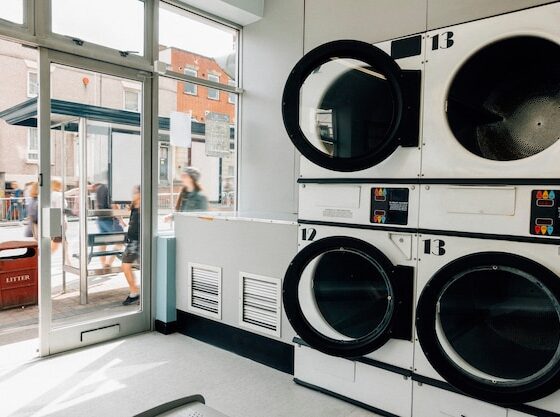Singapore’s property market stands out in the global landscape for a multitude of reasons, encapsulating a rich tapestry of factors that intertwine economic stability, regulatory frameworks, and demographic dynamics. Nestled in the heart of Southeast Asia, this city-state has evolved into a vibrant metropolis characterized by its unique blend of Eastern and Western influences.
Unlike many countries where property ownership can be a tumultuous journey, Singapore’s real estate scene is meticulously crafted, governed by policies that encourage investment and foster growth. The skyline, adorned with innovative architecture, reflects not only the aspirations of its citizens but also the strategic foresight of its government.
As we delve deeper into what makes Singapore’s property market distinctive, it becomes clear that its not just about concrete and steel; it’s about a vision that integrates sustainability, accessibility, and a thriving economy, making it an intriguing case study for investors and analysts alike.
Geographical Constraints: Land Scarcity and Its Implications

Singapore’s property market is uniquely shaped by its geographical constraints, most notably the scarcity of land. This island nation, measuring just 728 square kilometers, is perpetually challenged by the demand for space amidst a burgeoning population and an insatiable appetite for urban development.
As a result, land scarcity has given rise to innovative architectural solutions, such as high-rise living and mixed-use developments that optimize vertical space. The limited availability of land also leads to fierce competition among developers and increased property values, forcing potential homeowners to navigate a labyrinth of rising prices.
Moreover, the governments proactive land-use policies, including the reclamation of land, serve as both a response to and a reflection of these constraints, pushing Singapore’s real estate market into a distinctive framework unlike that of other global markets, where land may be more plentiful. Consequently, the interplay between scarcity and regulation creates a dynamic, often volatile property landscape, compelling investors and residents alike to adapt to the realities of this tightly constrained environment.
Cultural Factors Influencing Property Preferences

Cultural factors play a pivotal role in shaping property preferences in Singapore, distinctly marking its landscape from other global markets. The country’s rich tapestry of multiculturalism—where Chinese, Malay, Indian, and other ethnic groups coexist—fuels a unique demand for various architectural styles and living environments.
Traditional significance often influences preferences; for instance, many Singaporeans favor properties close to their ancestral roots or religious sites, such as temples and mosques. This deep-seated connection to heritage is juxtaposed with modern aspirations, evidenced by a growing inclination toward contemporary developments that incorporate sustainability and smart living solutions.
Moreover, the high value placed on communal spaces reflects the cultural emphasis on interaction and connectivity, making features like parks and recreational areas highly sought after. In essence, the interplay of tradition, community, and modernity produces a distinct property landscape that is as dynamic as it is multifaceted, setting Singapore apart in a global context.
The Role of Technology in Singapore’s Real Estate Sector

The integration of technology in Singapore’s real estate sector has revolutionized how properties are bought, sold, and managed, setting it apart on the global stage. From advanced data analytics to artificial intelligence-driven platforms, the market leverages cutting-edge innovations to enhance efficiency and transparency.
Virtual reality showcases allow potential buyers to tour properties from the comfort of their homes, while blockchain technology promises secure and tamper-proof transactions. Moreover, smart home technologies are redefining living spaces, aligning perfectly with Singapore’s vision of a sustainable urban future.
In this dynamic landscape, real estate firms not only adapt but also thrive, harnessing tech to boost customer engagement and streamline operations, ultimately reshaping the very foundations of property investment.
Conclusion
In conclusion, Singapore’s property market stands out from other global markets due to its unique blend of robust government regulation, a limited land supply, and a strong focus on sustainability and urban planning. The interplay of these factors creates a stable environment for both local and overseas investors, ensuring that demand remains resilient even in the face of global economic fluctuations.
Developments like Upperhouse exemplify the innovative approaches being adopted in the market, catering to a discerning clientele while addressing the need for high-quality living spaces. As Singapore continues to evolve and adapt to changing dynamics, its property market will undoubtedly remain an attractive destination for investment, marked by its distinctive characteristics that differentiate it from its global counterparts.


